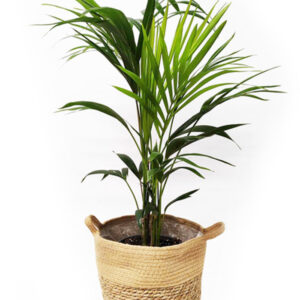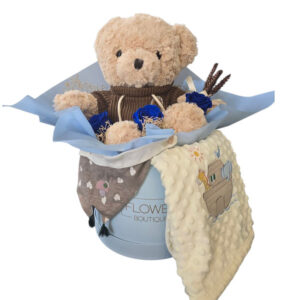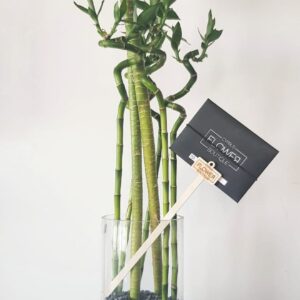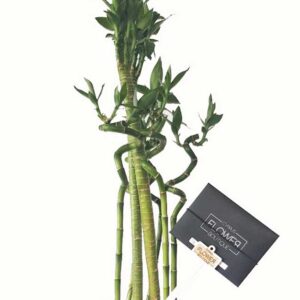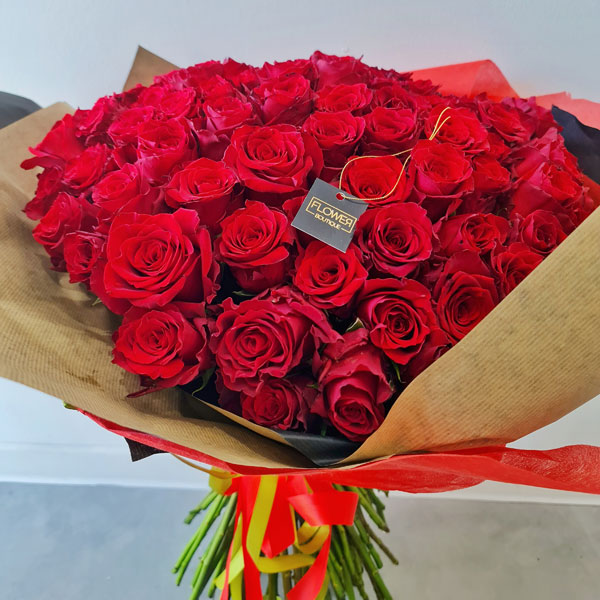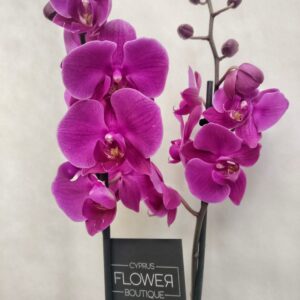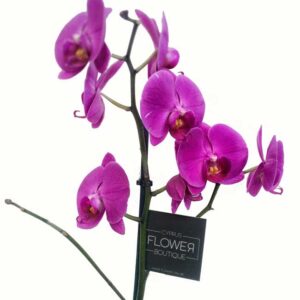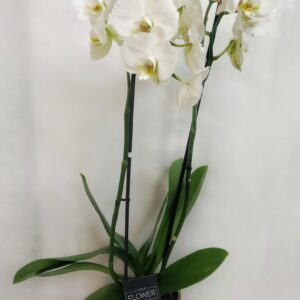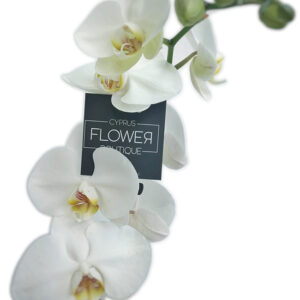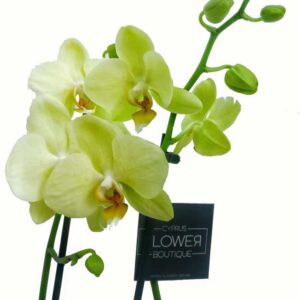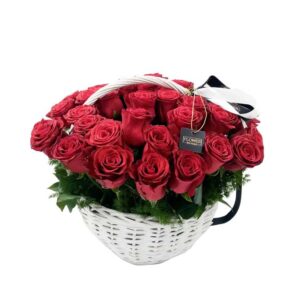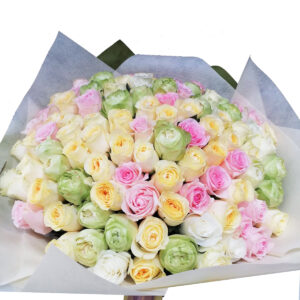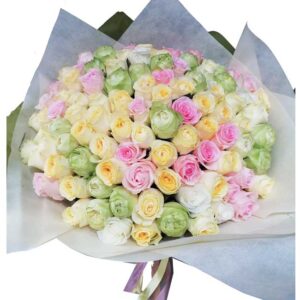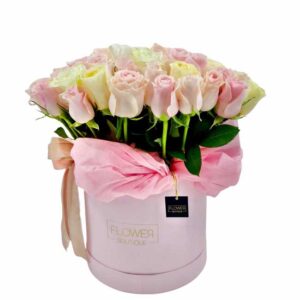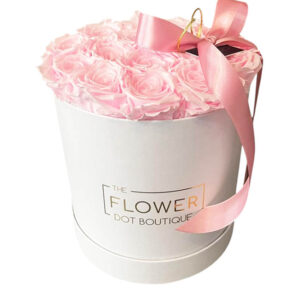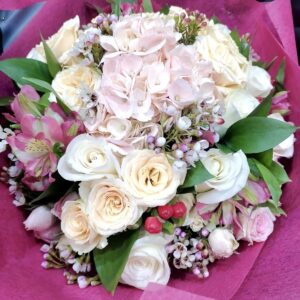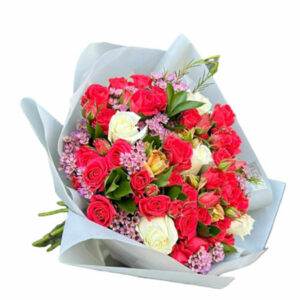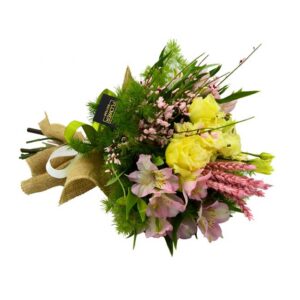Halloween pumpkin
58,00 €Kentia Palm
70,00 €Big Brown Teddy Gift Set
100,00 €Make a grand gesture with our Big Brown Teddy Gift Set – a charming and cozy present for welcoming a baby boy in style.
Presented in a large round blue box, this elegant gift includes:
-
A soft, cuddly brown teddy bear
-
A warm baby blanket
-
A practical bib
-
Three stunning forever preserved blue roses for a lasting touch
Thoughtfully arranged and full of love, it’s the perfect gift for baby showers, newborn celebrations, or hospital visits.
Please note: Items and colours may slightly vary depending on availability, while always maintaining the overall design and quality.
Lucky Bamboo in a vase
65,00 €Nolina Plant
50,00 €Phalaenopsis Mauve – Double stem orchid
35,00 €Phalaenopsis White – Double stem orchid
35,00 €Phalaenopsis Yellow – Double Stem orchid
35,00 €Exquisite
290,00 €Components and Dimensions
- 59 roses
- Whole orchid
- Total height 50cm
Special Love
200,00 €Pretty Woman
280,00 €Box of Pink Forever Roses – Women’s Day Edition
90,00 €Valentine’s florist choice
50,00 € – 500,00 €Price range: 50,00 € through 500,00 €Wild Heart
35,00 €
Choose your delivery date on the product calendar with same day delivery available for orders placed by 14:30.

You can include a gift message at checkout that is printed on our luxury wish cards.

After placing your order you will be sent a whatsapp message you can reply to for direct chat support.
When your order is out for delivery you will get a tracking link to see its live location and delivery time.


